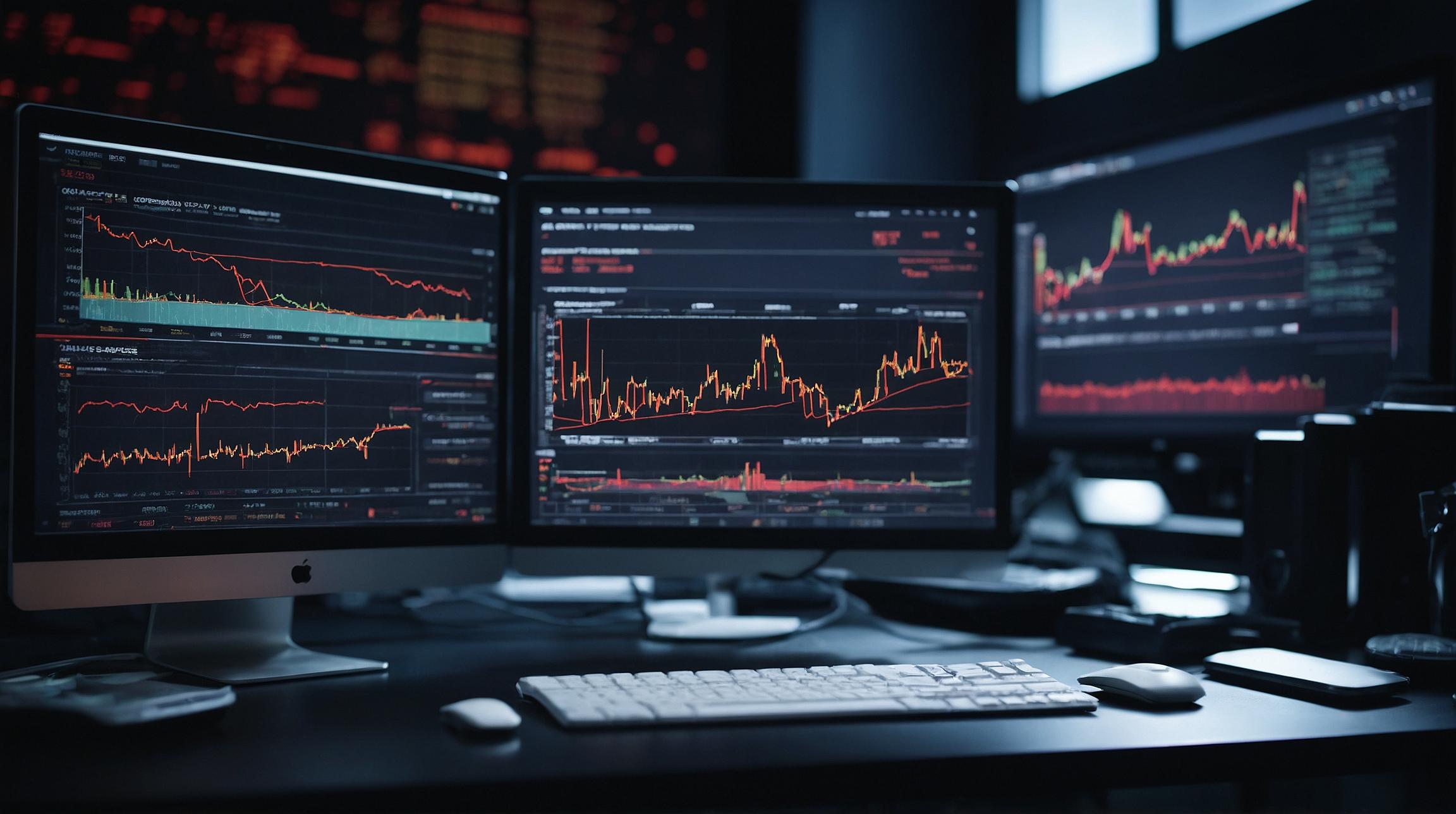Growing Trend: The Use of AI in the Sports Industry
Artificial intelligence (AI) is becoming an increasingly popular tool in the sports industry, with applications ranging from performance analysis to fan engagement. Coaches and analysts are using AI technology to make better decisions, while virtual reality platforms are providing immersive experiences for both players and fans. According to a recent report by Allied Market Research, the global AI in sports market is expected to reach $19.2 billion by 2030, growing at a CAGR of 30.3% from 2021 to 2030.
Market Report: AI in Sports Industry Valued at $1.4 Billion in 2020
The market for AI in sports was valued at $1.4 billion in 2020, and is projected to reach $19.2 billion by 2030. The key driving factors behind this growth include the increasing demand for monitoring and tracking data of players, as well as the growing demand for chatbots and virtual assistants for fan engagement. Real-time data analytics is also contributing to the growth of the market. However, the lack of trained professionals and high implementation costs are hampering the market growth.
Applications of AI in Sports: Performance Analysis, Fan Engagement, and More
There are several key applications of AI in the sports industry. One of the main uses is performance analysis, where AI algorithms are used to analyze player performance and provide insights into strengths and weaknesses. This helps coaches make data-driven decisions regarding player strategy and training. AI is also being used in injury prevention and rehabilitation, as well as in fan engagement to provide personalized content and interactive features. Additionally, AI is being applied in game strategy and decision-making, athlete recruitment and scouting, virtual and augmented reality, sports analytics, and the development of smart stadiums.
Key Factors Driving the Growth of AI in the Sports Market
The growing demand for monitoring and tracking data of players is one of the key drivers behind the growth of AI in the sports market. Coaches and analysts are increasingly using AI technology to make data-driven decisions and improve player performance. The demand for chatbots and virtual assistants for fan engagement is also driving the market growth. Additionally, the increasing demand for real-time data analytics and the need for AI in making future predictions are expected to provide further opportunities for expansion in the market.
Regional Analysis: North America Dominates, Asia-Pacific Shows Promise
North America dominated the AI in sports market in 2020 and is expected to retain its position during the forecast period. This is due to the high adoption of AI technology by major sports in the region, such as basketball, baseball, football, and tennis. However, Asia-Pacific is expected to witness significant growth in the market, especially in countries like China, which are making high investments in AI technology. The rise in sports competitiveness across nations is also driving the growth of the AI in sports market in the region.
Overall, the use of AI in the sports industry is a growing trend with numerous applications. As technology continues to advance, AI is expected to play an even greater role in improving player performance, enhancing fan engagement, and revolutionizing the sports industry as a whole.
Analyst comment
Positive: The use of AI in the sports industry is a growing trend with applications in performance analysis, fan engagement, injury prevention, and more. The market for AI in sports is expected to reach $19.2 billion by 2030, driven by the increasing demand for player monitoring and tracking data and the need for real-time data analytics.
As an analyst, the market for AI in sports will experience significant growth, with North America dominating the market due to the high adoption of AI technology by major sports. However, Asia-Pacific, especially China, is expected to witness significant growth due to high investments in AI technology and the rise in sports competitiveness. Overall, AI is expected to revolutionize the sports industry and improve player performance and fan engagement.













